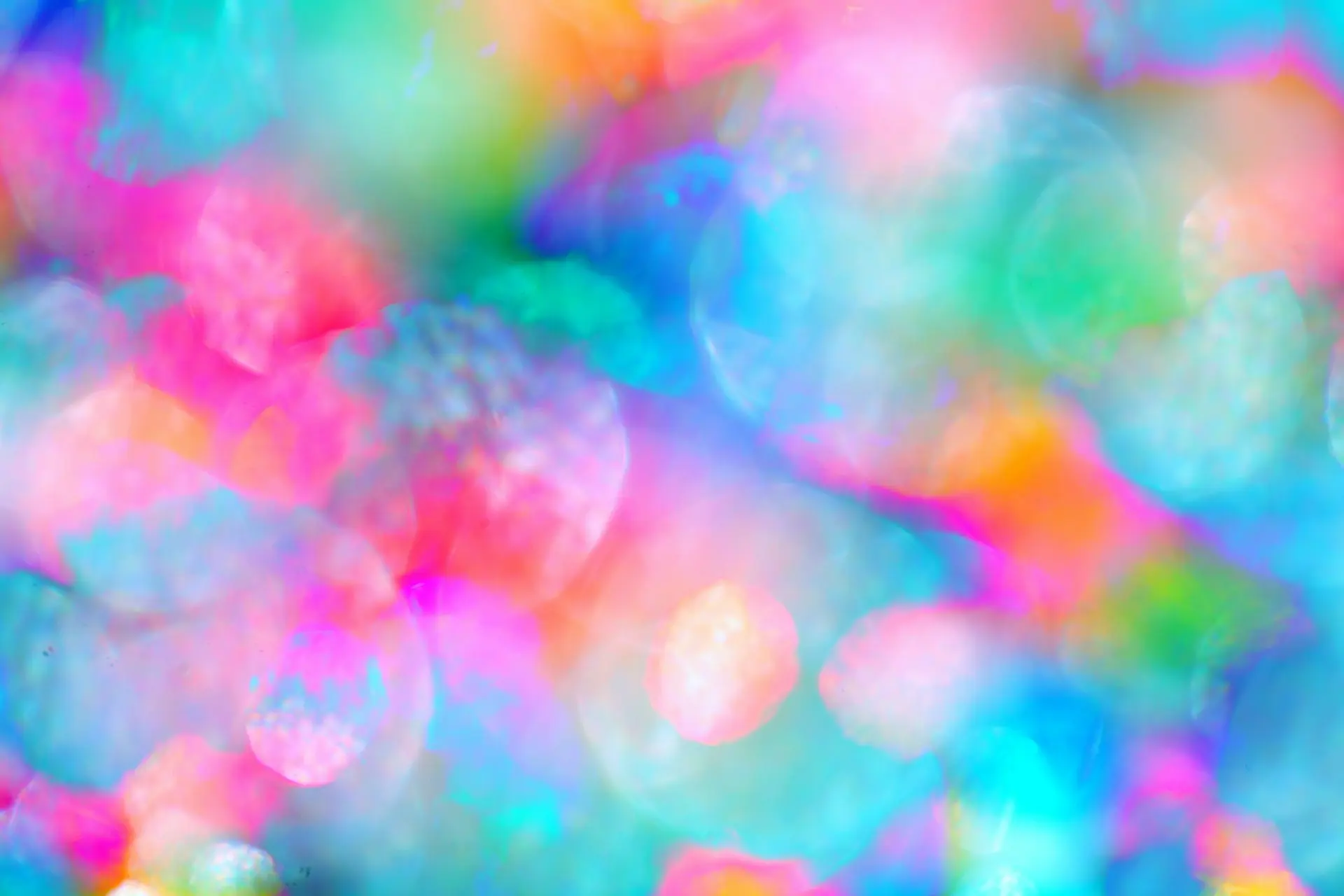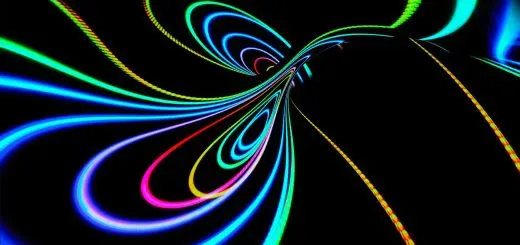Feng Shui in Films: Symbolism and Themes

Looking for more amazing products? Check out our online store and explore our collection here! Happy shopping!
Before diving in, please note: This post is for informational purposes only. If you’d like to know more about how we approach topics, feel free to check out our friendly Disclaimer Page.
Hey there, amazing readers! 
We’re committed to delivering quality posts, and your support (even just sticking around despite the ads) means everything to us. So, bear with us, and thanks for helping us keep the good vibes rolling. Now, on to the fun stuff!
TRANSLATE BUTTON AT THE END OF THE ARTICLE
A Quick Overview
Feng Shui isn’t just a mystical practice for arranging furniture or landscaping; it’s a philosophy that emphasizes harmony, energy flow, and balance.
Surprisingly, its influence stretches into the cinematic universe.
Films often weave Feng Shui principles into their storytelling, aesthetics, and character development, creating a richer experience for viewers.
This article dives deep into how Feng Shui manifests in films, its symbolism, and the themes it helps to illuminate.
Whether you’re a cinephile or just curious, let’s explore this fascinating intersection!
Exploring Feng Shui: A Guide to Symbolism in Cinema
Feng Shui, which translates to "wind and water", is steeped in symbolism.
At its core, it is about the interaction of energies and how they shape our environments.
When we watch films, we’re not just passive consumers of stories; we’re engaging with the energy created by the filmmakers.
In cinema, Feng Shui can symbolize balance, conflict, and resolution.
A character’s journey often mirrors the Feng Shui philosophy: moving from disarray to harmony.
Think of a film where the protagonist struggles with chaos in their life.
As they restore balance, we see their environment shift as well—sometimes literally, through set design or symbolically, through narrative arcs.
The placement of objects, colors, and even the shapes of buildings can convey deeper meanings.
A cluttered room may symbolize inner turmoil, while a serene landscape can evoke peace and clarity.
The way Feng Shui integrates into films adds layers of meaning that engage our senses and emotions.
The Basics of Feng Shui: Harmony and Energy Flow
Feng Shui is built on the principle that everything has energy, known as "Chi".
This energy flows in our spaces, influencing our lives and moods.
In film, the arrangement of scenes, the positioning of characters, and the design of spaces all play a role in directing this energy.
To understand Feng Shui in cinema, we need to recognize its key components:
Chi (Energy Flow): The way energy moves within a scene or setting can affect how audiences react.
A clear line of sight might create tension, while a circular path might suggest harmony.
Yin and Yang: This principle represents balance.
Films often depict conflicts between opposing forces that ultimately seek resolution.
Think of classic hero-villain dynamics.
Five Elements: Wood, Fire, Earth, Metal, and Water represent different energies.
In film, these elements can be reflected through color, character traits, or the environment.
Each film can be seen as a microcosm where these principles interact, pushing the narrative forward and influencing character development.
Iconic Films That Incorporate Feng Shui Principles
Several films stand out for their expert use of Feng Shui principles.
Let’s take a look at a few memorable examples:
"Crazy Rich Asians" (2018): The opulent sets mirror the lavish lifestyles of the characters.
The deliberate use of colors and layout reflects the characters’ status and emotions.
"The Joy Luck Club" (1993): This film portrays the struggles between tradition and modernity.
The characters’ environments shift as they navigate their relationships, symbolizing their personal growth.
"Crouching Tiger, Hidden Dragon" (2000): The breathtaking landscapes and intricate choreography embody the harmony and tension of the story.
The use of space is vital in expressing the characters’ inner journeys.
These films don’t just tell stories; they engage viewers through the thoughtful arrangement of elements that resonate with Feng Shui principles.
How Feng Shui Shapes Character Relationships in Movies
Character relationships are often enhanced by Feng Shui concepts.
The energy between characters can be represented by their physical surroundings and interactions.
Proximity: Characters positioned close together may suggest intimacy or conflict.
In contrast, physical distance can indicate emotional disconnect.
Environment: A character’s living space reflects their personality and emotional state.
For instance, a cluttered room might hint at a chaotic mind.
Transitions: The physical journey characters undertake—like moving from a dark room to a sunlit space—can symbolize their emotional transformations.
These elements create a visual narrative that helps viewers understand character dynamics without overt exposition.
Visual Storytelling: The Role of Space in Film Design
Space in film design plays a critical role in visual storytelling.
It’s not enough to have great dialogue or a gripping plot; the way we experience the space enhances our connection to the story.
Set Design: A thoughtfully designed set can evoke feelings or symbolize themes.
An open, airy space might signify freedom, while a cramped, dark area suggests confinement.
Cinematography: How space is captured on camera can manipulate our perceptions.
A wide shot may create a sense of isolation, while a close-up can draw us into a character’s internal struggle.
Movement: The way characters navigate spaces can also tell a story.
Are they restricted by their environment, or do they move fluidly?
The symbiotic relationship between space and narrative deepens our engagement with the film.
Feng Shui Colors: How They Influence Film Aesthetics
Color plays a pivotal role in Feng Shui, symbolizing various emotions and energies.
Filmmakers often use color palettes that align with Feng Shui principles to create specific moods or highlight themes.
Red: Often associated with luck and passion, red can signify strong emotions or critical turning points in a story.
Blue: This calming color represents tranquility and can be used in scenes of reflection or peace.
Green: Symbolizing growth and harmony, green can evoke feelings of renewal or balance.
By carefully selecting colors, filmmakers can enhance the emotional impact of scenes, guiding the audience’s response and drawing them deeper into the narrative.
The Impact of Feng Shui on Film Narratives and Themes
Feng Shui influences not just the aesthetics of films, but also their narratives and overarching themes.
Many stories embody the journey toward balance and harmony.
Conflict Resolution: Many films depict characters overcoming obstacles to achieve balance, resonating with the Feng Shui philosophy.
This often reflects personal growth.
Cultural Identity: Films that incorporate Feng Shui often explore themes of tradition and modernity, showing characters navigating their cultural identities.
Environmental Harmony: Some narratives emphasize the connection between characters and their surroundings, promoting a deeper understanding of how space affects our lives.
By weaving these themes into their storytelling, filmmakers can create resonant narratives that speak to the human experience.
Notable Directors Who Embrace Feng Shui in Their Work
Several directors are known for incorporating Feng Shui principles into their films.
Their unique approaches enrich their storytelling in meaningful ways.
Wong Kar-wai: His films often explore themes of love and longing.
The use of space and color in "In the Mood for Love" creates an atmosphere of nostalgia and desire.
Ang Lee: In "Crouching Tiger, Hidden Dragon," Lee masterfully blends action with philosophical themes, using space and movement to reflect the characters’ inner struggles.
Peter Chan: Known for his visually stunning films, Chan often utilizes Feng Shui principles to emphasize emotional depth, as seen in "The Warlords."
These directors show us that Feng Shui is not just a tool for design; it’s a philosophy that can shape narratives and characters profoundly.
Understanding Feng Shui Symbols in Popular Films
Feng Shui symbols often appear in films, adding layers to the narrative.
Recognizing them can enhance our viewing experience.
Dragons: In Feng Shui, dragons symbolize power and strength.
Their appearance in films often represents ambition or conflict.
Water: Water symbolizes wealth and prosperity.
Scenes featuring water can indicate abundance or emotional depth.
Plants: Greenery represents growth and vitality.
A well-placed plant in a film might symbolize a character’s journey toward self-discovery.
Understanding these symbols helps viewers appreciate the intricacies of storytelling and the visual cues that filmmakers provide.
Case Studies: Feng Shui in Blockbusters and Indies
Feng Shui principles are not exclusive to big-budget blockbusters; they also flourish in indie films.
Let’s look at a couple of case studies:
"Her" (2013): This indie darling uses space to reflect the emotional landscape of its protagonist.
The character’s interactions with technology and their environment emphasize themes of isolation and connection.
"Everything Everywhere All at Once" (2022): This film expertly uses chaos and order to illustrate the protagonist’s journey.
The shifting environments mirror her emotional struggles and growth.
Both films demonstrate that Feng Shui can enhance storytelling in various genres and scales.
The Audience’s Reaction: Feng Shui and Viewer Engagement
The inclusion of Feng Shui in films not only enriches the narrative but also affects audience engagement.
Viewers often respond to the energy and symbolism presented:
Emotional Resonance: When viewers recognize the harmony or conflict depicted, they can relate more deeply to the characters and themes.
Visual Appeal: Thoughtfully designed spaces and color palettes draw viewers in, making the film experience more immersive.
Cultural Appreciation: Understanding Feng Shui can deepen viewers’ appreciation for the cultural elements represented in films, enhancing their overall enjoyment.
As we watch, we’re not just observing; we’re connecting with the energy and emotions that the filmmakers have crafted.
Conclusion
Feng Shui’s influence on cinema is profound and multifaceted.
From set design to character relationships, its principles enhance storytelling in ways that resonate with audiences.
As we watch films, we embark on journeys shaped by the balance of energies, colors, and symbols that reflect our own lives.
Understanding these elements deepens our connection to the stories we love, reminding us that every film is a carefully crafted tapestry of emotion and energy.
So next time you watch a movie, take a moment to consider the Feng Shui at play—who knows what new insights you might uncover?

The Enlightenment Journey is a remarkable collection of writings authored by a distinguished group of experts in the fields of spirituality, new age, and esoteric knowledge.
This anthology features a diverse assembly of well-experienced authors who bring their profound insights and credible perspectives to the forefront.
Each contributor possesses a wealth of knowledge and wisdom, making them authorities in their respective domains.
Together, they offer readers a transformative journey into the realms of spiritual growth, self-discovery, and esoteric enlightenment.
The Enlightenment Journey is a testament to the collective expertise of these luminaries, providing readers with a rich tapestry of ideas and information to illuminate their spiritual path.
Our Diverse Expertise
While our primary focus is on spirituality and esotericism, we are equally passionate about exploring a wide range of other topics and niches 

To ensure we provide the most accurate and valuable insights, we collaborate with trusted experts in their respective domains 
Our blog originally focused on spirituality and metaphysics, but we’ve since expanded to cover a wide range of niches. Don’t worry—we continue to publish a lot of articles on spirituality! Frequently visit our blog to explore our diverse content and stay tuned for more insightful reads.
Hey there, amazing reader! 
Check out our store here and take a peek at some of our featured products below! Thanks for being awesome!











